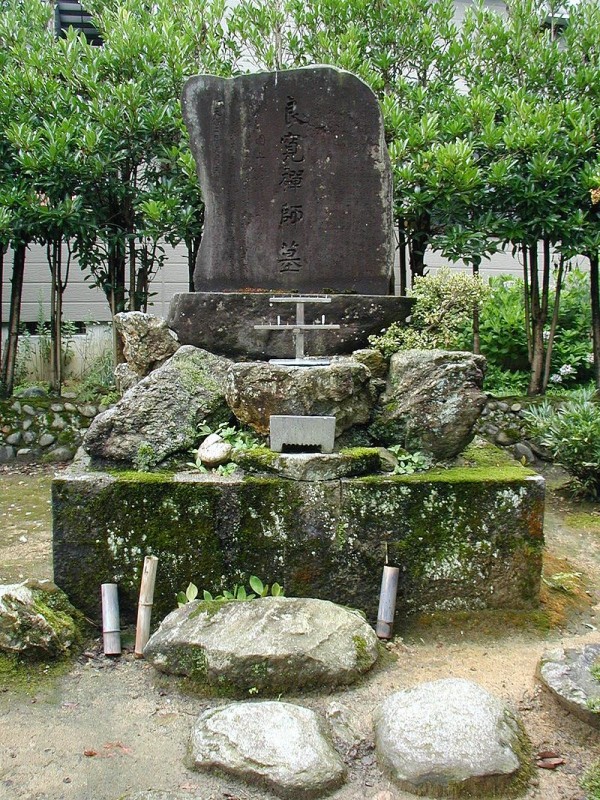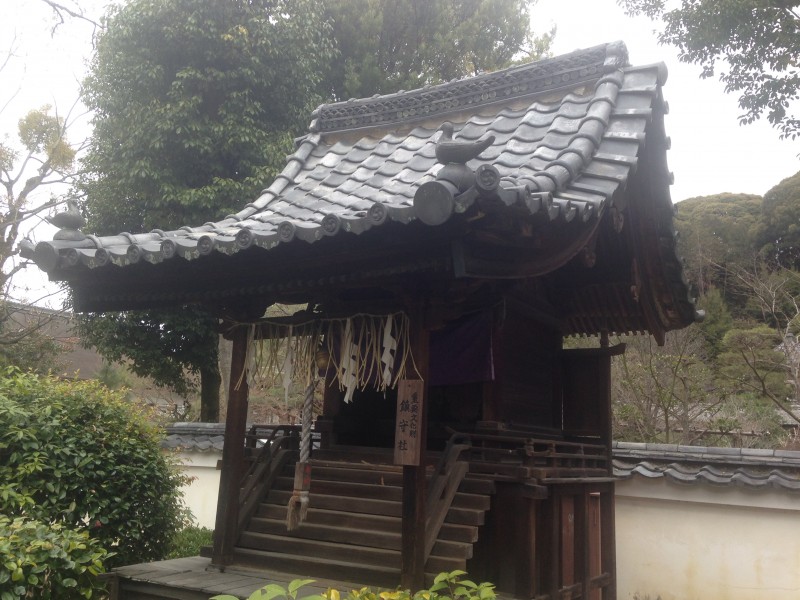
Both Shinto and Buddhism in Japan use mirrors as spiritual symbols, and Green Shinto has covered their use in several previous posts (here and here or here or here for instance).
The essential idea, common to both religions, is that mirrors have no ego – they reflect without bias whatever is before them. This is tied in both Zen and Shinto with the idea of original purity. In Shinto you try to recover the purity with which you were born (the purity of another world, one might say). In Zen this takes the form of trying to recover one’s ‘Buddha nature’. “What is the face of your original nature?”runs a well-known koan.
In both religions, then, inner purity is treasured. This can be seen in the words of Morihei Ueshiba, founder of aikido, who drew on different aspects of Japanese spirituality in putting together his thinking about the martial art. The quotations below are taken from The Art of Peace (tr John Stevens).
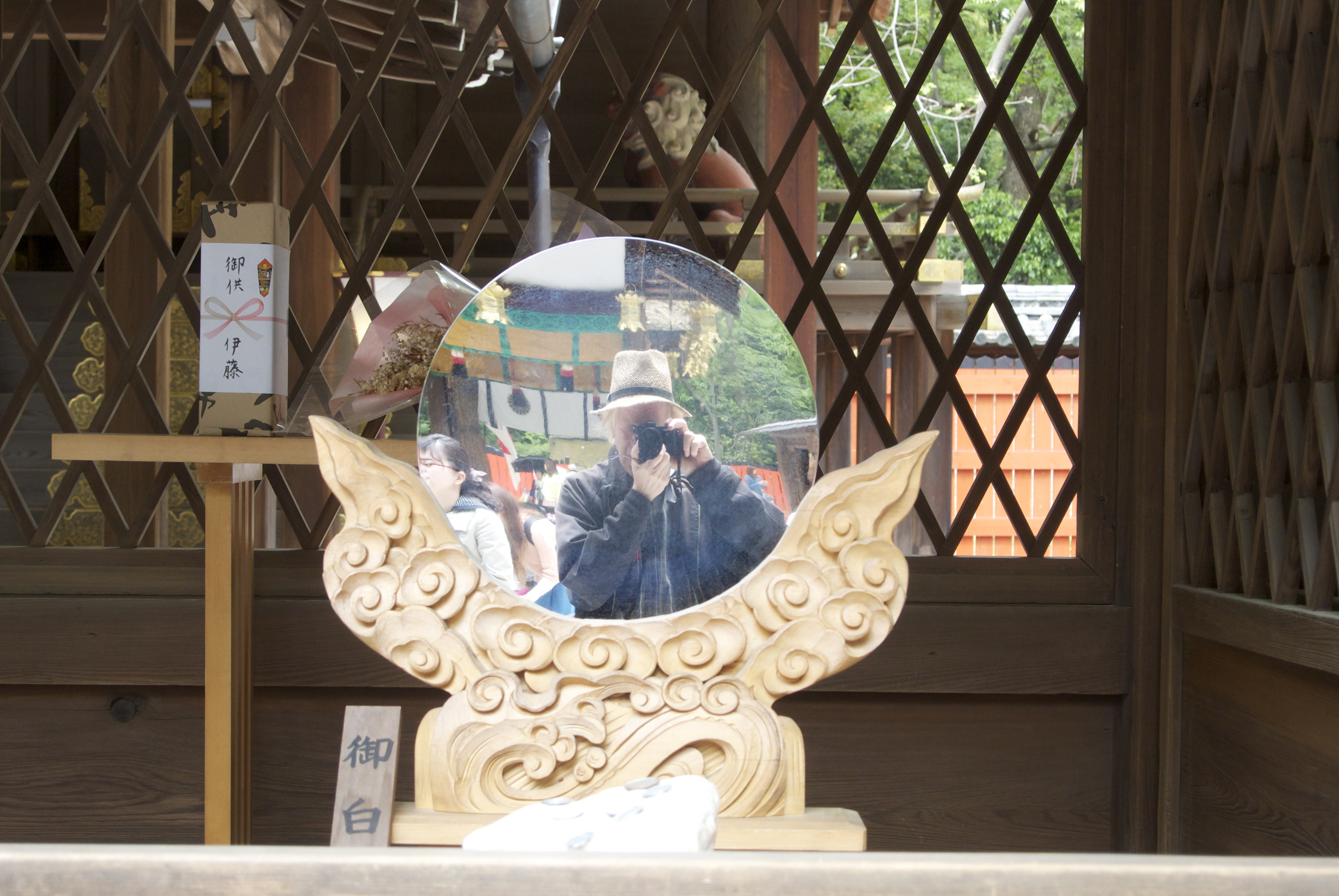
The Shinto mirror reflects without ego whatever is before it
All things, material and spiritual, originate from one source and are related as if they were one family. The past, present, and future are all contained in the life force… Return to that source and leave behind all self-centred thoughts and petty desires.
You are here for no other reason than to realize your own inner divinity and manifest your inner enlightenment.
To purify yourself you must wash away all external defilement, remove all obstacles from our path, separate yourself from disorder, and abstain from negative thoughts. This will create a radiant state of being. Such purification allows you to return to the very beginning, where all is fresh, bright, and pristine, and you will see once again the world’s scintillating beauty.
Words such as these show why sincerity and purity are so treasured in Japanese culture. In a recent talk in Kyoto on Zen terrorism in the 1930s, author Brian Victoria illustrated how political assassins had been defended by a Zen master because of the ‘purity’ of their heart in wanting the best for the nation. And in the Japanese entertainment world of late there was a big scandal involving a woman called Becky. Why? Because she had a boyfriend and was therefore not as ‘pure’ as everyone thought. Mirror, mirror on the wall – who’s the purest of them all? runs the Japanese version of the old folk tale.

Buddhist altar with mirror
The use of mirrors in Buddhist temples, where they often feature on altars as in Shinto, derives apparently from a fifth-century Indian called Vasubandhu, who came up with the idea of eight levels of consciousness. The top level shines with the light of a wisdom like a great mirror… hence the expression in Buddhism of The Great Wisdom Mirror, or Great Perfect Mirror Wisdom, which reflects the universe as it really is, free of distortion from ego or ignorance.
The Buddhist mirror is thus intended to liberate the mind. Life is an illusion, and one should not be deluded by mere appearances. Look and reflect upon reality! In An Introduction to Zen, p. 48, D.T. Suzuki quotes a Chinese monk as writing:
This body is the Bodhi-tree
The soul is like the mirror bright;
Take heed to keep it always clean,
And let no dust collect upon it.
Later, on p.61, Suzuki comments, ‘Zen often compares the mind to a mirror free of stains. To be simple, therefore, according to Zen, will be to keep this mirror always bright and pure and ready to reflect simply and absolutely whatever comes to it.’
Significantly in both Shinto and Buddhism the mirror is round, and the circle has great symbolic value in its never ending completeness. In ancient China the soul was conceived of as circular, which is why in Japanese mythology Amaterasu chose a round mirror to represent herself.
Zen is also focussed on the circle, and in the Dharma Hall of Zen temples one finds a ceiling painting of a dragon within a circle signifying the universe. And in calligraphy the best-known image is the ensou or circle, interpreted variously as enlightenment, emptiness, strength or the unity of all things. In Buddhism the moon is a symbol of awakening; in Shinto the sun. Both religions find in the roundness of celestial objects a cause for worship, and in the depths of the mirror both find a cause for reflection.
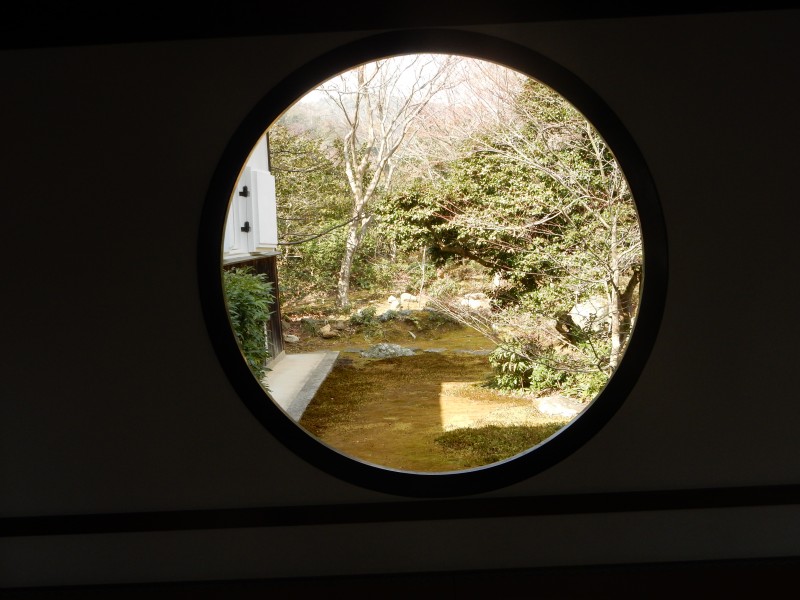
The circular window at the Zen temple of Genko-an gives a picture of reality but is suggestive of much more



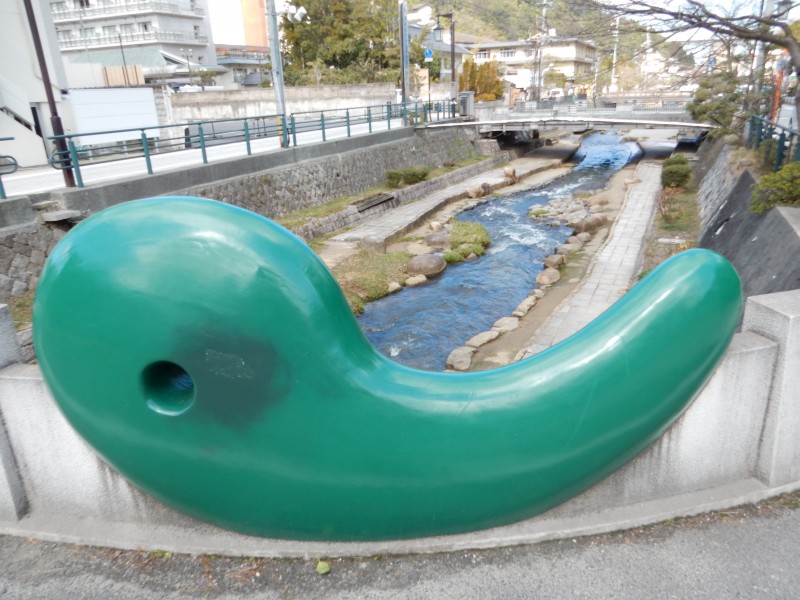
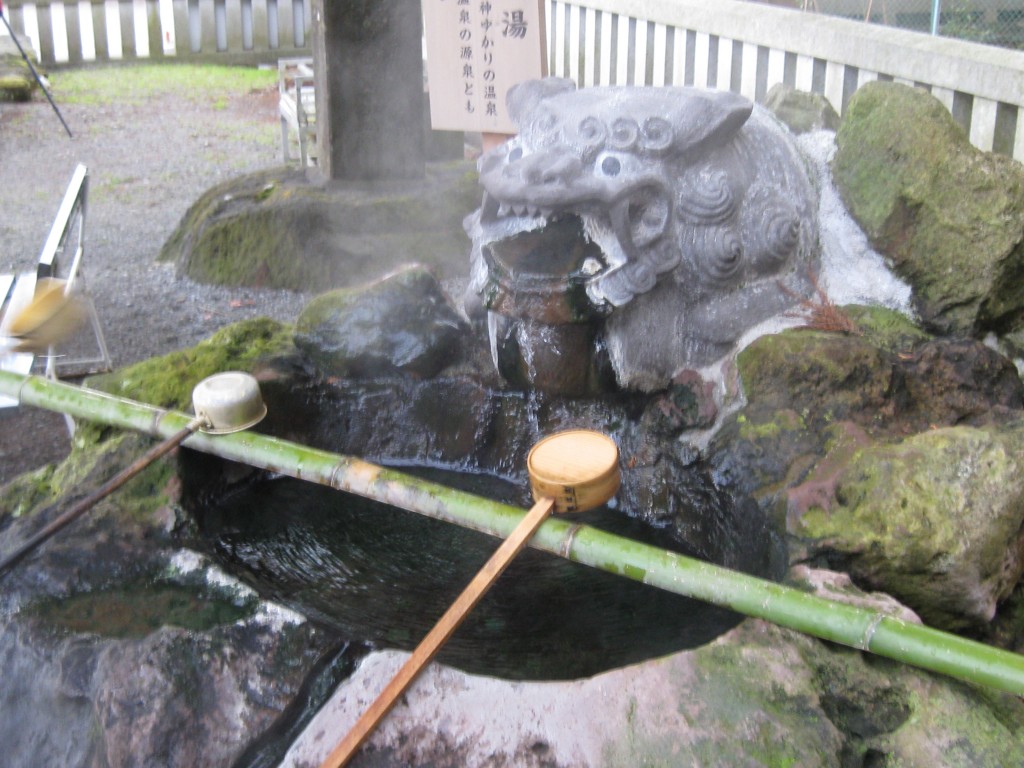
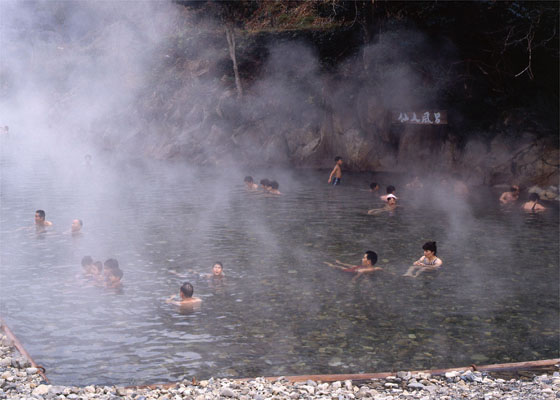
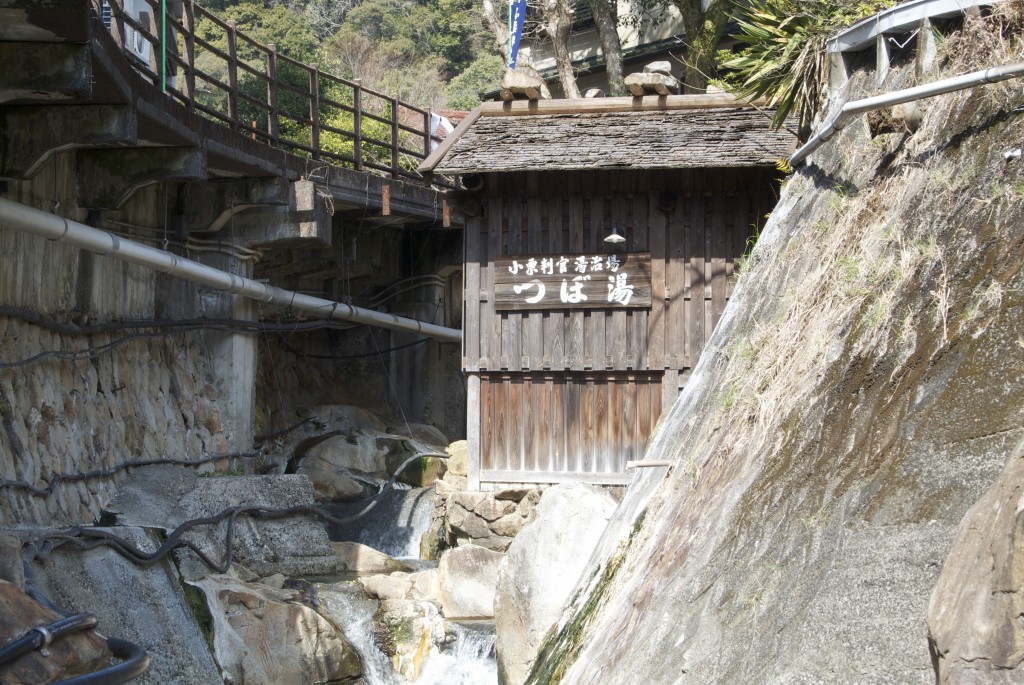
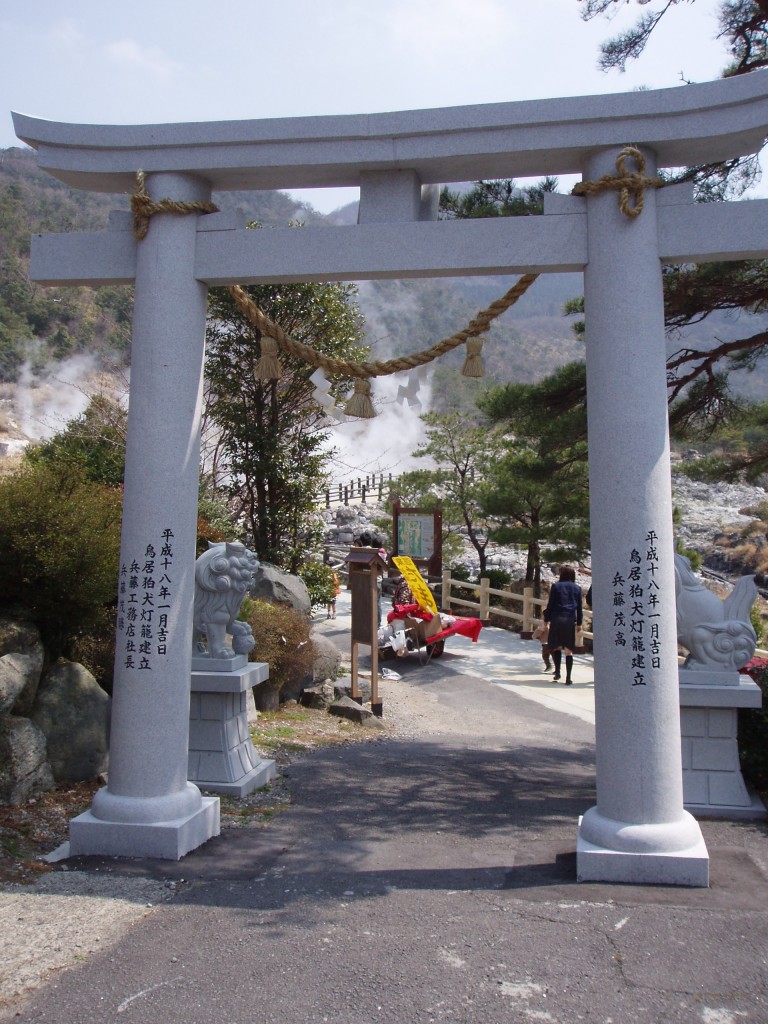
 There are many individuals who exemplify the close ties between Zen and Shinto in Japanese history, particularly in the period before an artificial line was drawn between Buddhism and ‘the indigenous religion’ in Meiji times.
There are many individuals who exemplify the close ties between Zen and Shinto in Japanese history, particularly in the period before an artificial line was drawn between Buddhism and ‘the indigenous religion’ in Meiji times.